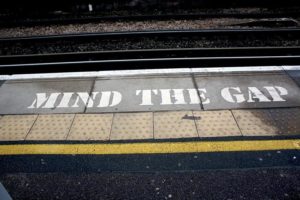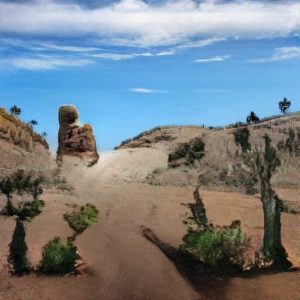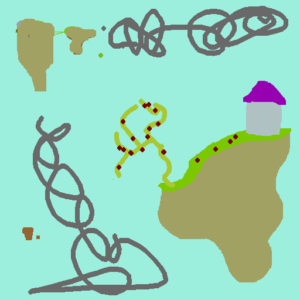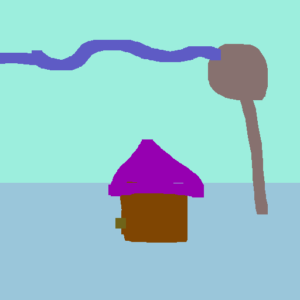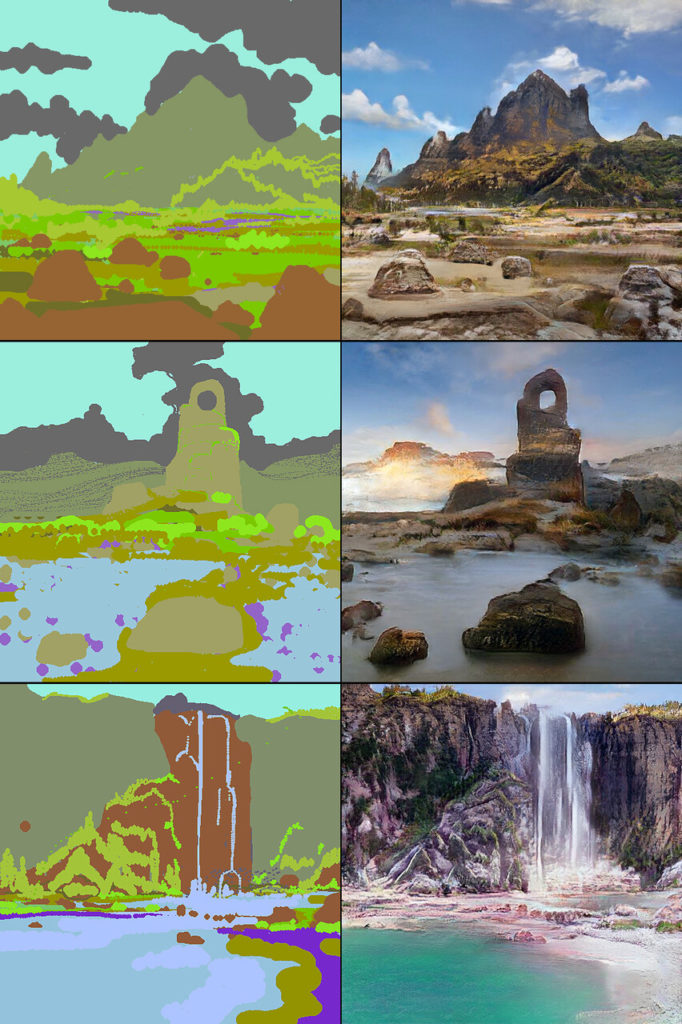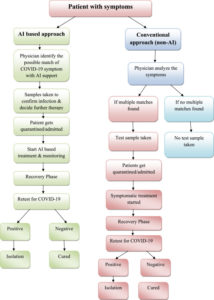Elon Musk said Tesla’s next “killer product” would be a solar roof for Solar Roof buildings.
“What do you want to see around in ten years? What products will make your life better? What future do you want? I think a future in which we will have good energy-generating roofs; they will be strong, elastic, and better than a normal roof in all respects, ”said the head of Tesla. Now Tesla is actively increasing the production and sales of solar roofs. According to statistics released by Musk, in the third quarter of 2020, the pace of implementation of Solar Roof has tripled compared to the same period last year. Tesla is also accelerating its recruitment to meet the demand for solar roofing and is preparing to enter the international market for the first time: sales of the Solar Roof will soon begin in Canada. It will be recalled that Tesla began work on this project in 2016. Solar Roof consists of a tile with bu ilt-in solar panels: they transfer the collected energy to the battery, which, in turn, supplies voltage to the inverter for conversion into alternating current. One of the main advantages of Solar Roof is the economy. A year ago, Elon Musk wrote in his Twitter that such technology will allow Americans to save up to $ 500 a year on utility bills. Besides, the solar roof is easy to install. The kit for the average house with approximately 185 square meters can be installed in just 8 hours, while the assembly of a conventional roof takes several days. Solar Roof also comes with a 25-year warranty.
ilt-in solar panels: they transfer the collected energy to the battery, which, in turn, supplies voltage to the inverter for conversion into alternating current. One of the main advantages of Solar Roof is the economy. A year ago, Elon Musk wrote in his Twitter that such technology will allow Americans to save up to $ 500 a year on utility bills. Besides, the solar roof is easy to install. The kit for the average house with approximately 185 square meters can be installed in just 8 hours, while the assembly of a conventional roof takes several days. Solar Roof also comes with a 25-year warranty.
To conclude, Tesla is continually expanding its range of environmentally friendly products that solve many people’s issues. This way, Tesla is also trying to occupy one of the leading markets in the world. Will they be able to do it? What do you think? It is not yet known when new technologies will come and will be available in Europe.
Resources:
https://electrek.co/2020/10/25/tesla-next-killer-product-solar-roof-elon-musk/


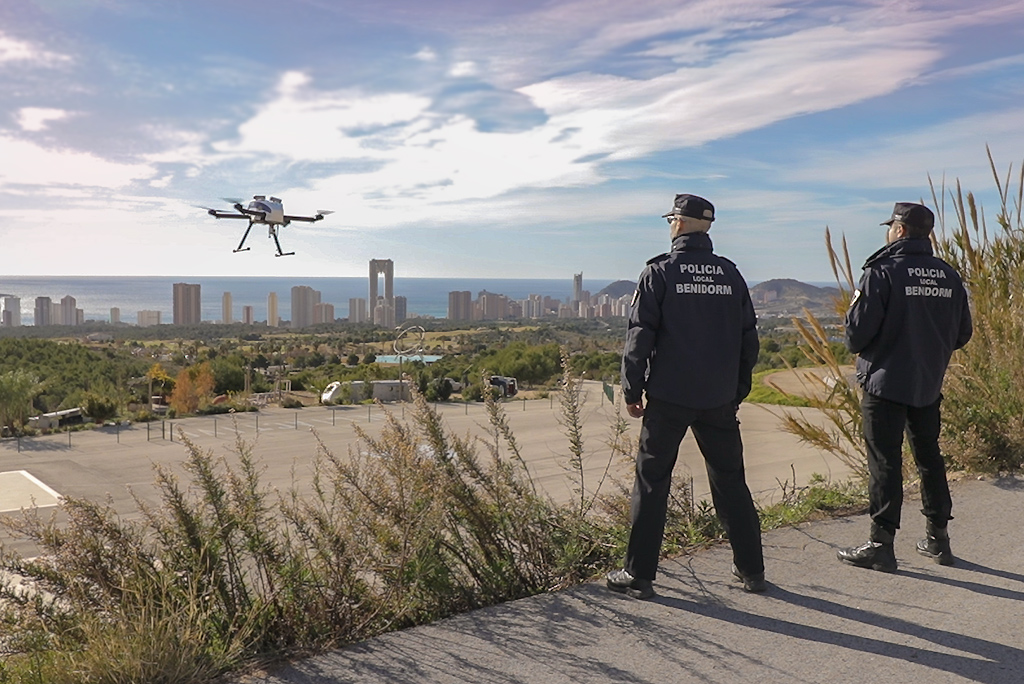
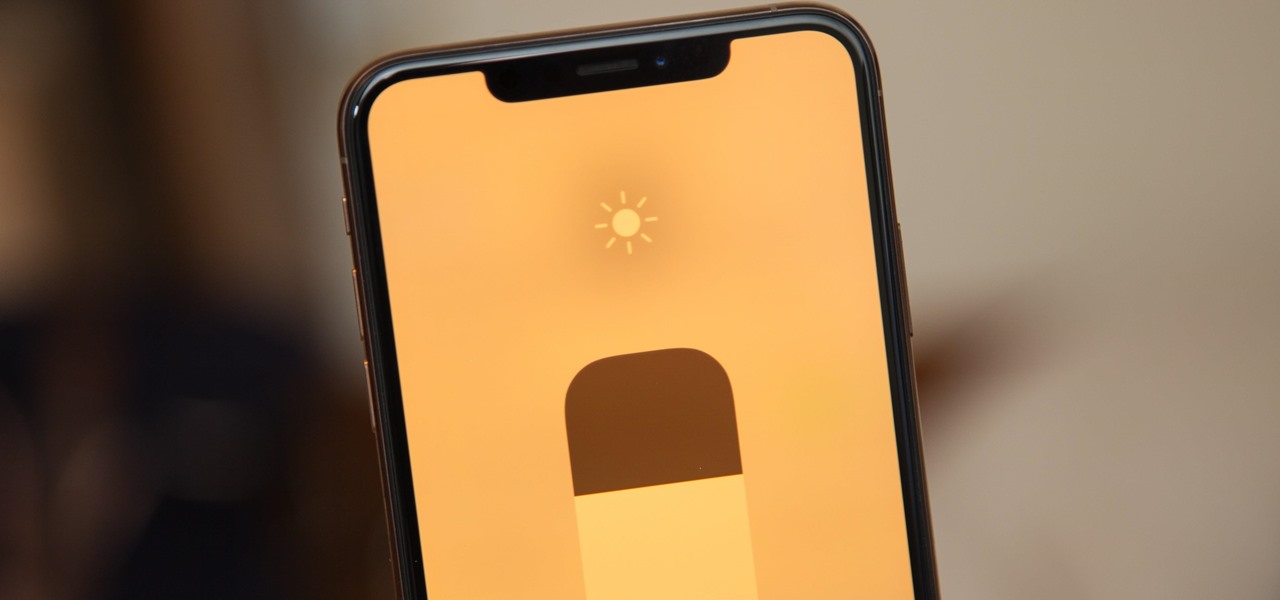


 Secondly, the 360° ErgoLift hinge. This innovation also lifts and tilts the keyboard into a comfortable typing position when the display is opened beyond 135°. Otherwise, you turn the display on 360° and, in a moment, you have a tablet in your arms. Now, all you need for sketching or graphics is taking a stylus and a couple of free hours. For this reason, the laptop has the touch display and a perfect fixation of the display thanks to well-made hinges.
Secondly, the 360° ErgoLift hinge. This innovation also lifts and tilts the keyboard into a comfortable typing position when the display is opened beyond 135°. Otherwise, you turn the display on 360° and, in a moment, you have a tablet in your arms. Now, all you need for sketching or graphics is taking a stylus and a couple of free hours. For this reason, the laptop has the touch display and a perfect fixation of the display thanks to well-made hinges.
